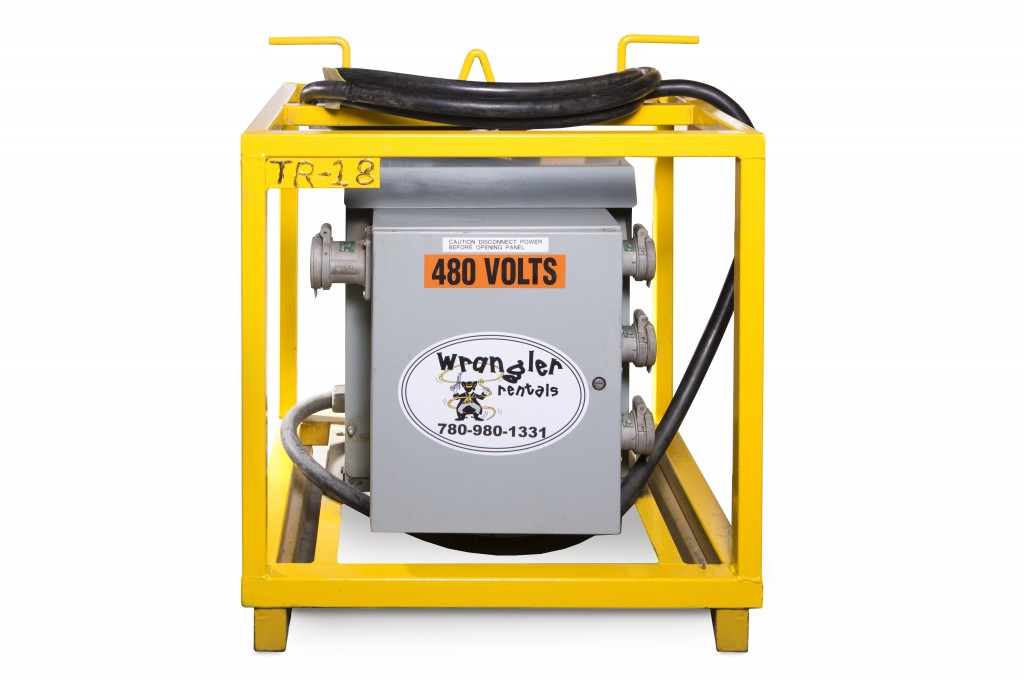Everything About Oil Field Equipment and Pipeline Equipment: Key Insights and Essential Info
Oil field equipment and pipeline systems play a pivotal duty in the oil and gas market. They are necessary for the reliable removal and transportation of hydrocarbons. Trick components, such as drilling rigs and tank, directly impact operational success. Developments in innovation guarantee to enhance safety and effectiveness. Understanding these aspects is crucial for any individual associated with or curious about this complicated field, as it sets the phase for much deeper exploration of industry techniques.

Introduction of Oil Field Equipment
As the demand for oil remains to expand, recognizing the equipment made use of in oil areas becomes increasingly necessary. Oil field equipment incorporates a variety of equipment and tools crucial for exploration, extraction, and processing. Trick parts consist of piercing rigs, which are crucial for reaching oil reservoirs, and production equipment, such as separators and pumps, that promote the removal procedure. Superior Rentals near me. Additionally, tank play a significant role in holding petroleum before transportation. Safety devices, consisting of blowout preventers and pressure assesses, ensures operational safety and performance. Each item of devices functions cohesively to enhance production and keep efficient process. Experience with this equipment is necessary for specialists in the industry to assure successful procedures and adherence to safety requirements
Kinds Of Drilling Rigs and Their Applications
Drilling rigs function as the backbone of oil extraction procedures, with different types made for particular geological conditions and functional demands. One of the most usual kinds include rotating exploration rigs, which utilize a rotating drill little bit to permeate the planet, and wire device rigs, understood for their percussion exploration approach. For overseas procedures, jack-up rigs and semi-submersible rigs give security and support in aquatic environments. Additionally, directional exploration rigs make it possible for operators to pierce at angles, reaching deposits that are not vertically obtainable. Each rig type has special advantages, optimizing effectiveness and security based on the boring setting. Selecting the appropriate rig is vital for making best use of resource extraction while decreasing environmental effect and operational costs.

Vital Pipeline Equipment and Their Features
Pipeline framework is crucial for the transport of oil and gas from extraction sites to refining facilities and end-users. Various important equipment parts facilitate this procedure. Pipes themselves work as the main conduits, designed to Read Full Article hold up against high pressure and destructive substances. Pump stations are important for maintaining circulation by enhancing pressure along the pipeline. Shutoffs play a vital role in managing circulation and isolating sections for upkeep. In addition, fittings and ports guarantee safe and secure joints between pipe sections. Monitoring systems, including circulation meters and stress sensors, are crucial for detecting leaks and maximizing flow rates. Pigging devices is used for upkeep and cleansing, securing pipeline integrity and effectiveness. Together, these components develop the foundation of a dependable pipeline system.
Innovations and Technologies in Oil and Gas Equipment

Security and Upkeep Practices in the Oil Industry
While the oil market has made considerable strides in innovation and performance, the value of robust safety and maintenance techniques can not be overstated. Efficient safety and security procedures are necessary to protect employees and the environment, decreasing the threat of accidents and spills. Regular examinations and upkeep of equipment help recognize possible concerns before they escalate, making sure functional integrity. Educating programs for staff members are crucial, emphasizing the significance of safety and security understanding and emergency situation reaction procedures. In addition, adherence to market laws and standards cultivates a culture of security. Executing innovative surveillance modern technologies can further enhance upkeep techniques, allowing for real-time evaluations of devices problems. Ultimately, prioritizing safety and maintenance is integral to the sustainability and success of the oil market.
Regularly Asked Inquiries
What Are the Environmental Effects of Oil Field Equipment?
The environmental impacts of oil field equipment include habitat devastation, water contamination, and air contamination (Superior Rentals Contact). Furthermore, tools malfunction can lead to spills, negatively affecting wildlife and ecological communities, go highlighting the demand for rigorous policies and monitoring
Just How Is Oil Field Equipment Delivered to Remote Locations?
Transferring oil field equipment to remote places often includes specialized vehicles, helicopters, or barges. Logistics business coordinate courses, making sure equipment arrives securely and efficiently, thinking about terrain and accessibility to reduce hold-ups and make best use of performance.
What Regulative Standards Govern Oil Field Equipment?
Governing criteria regulating oil field equipment largely include safety and security, ecological protection, and functional efficiency guidelines. Agencies such as OSHA and EPA impose these policies to assure safe techniques and minimize eco-friendly influence in oil extraction procedures.
What Abilities Are Required to Run Oil Area Equipment?

Exactly How Do Oil Rates Affect Equipment Need and Usage?
Oil costs greatly influence equipment demand and use. Higher costs generally bring about enhanced exploration and production tasks, driving need for machinery. On the other hand, reduced rates may result in lowered operations and decreased need for tools.